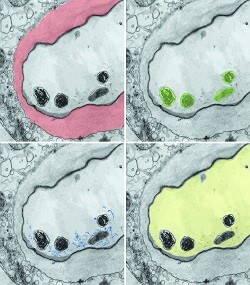Environmental effects of wheat
Cereals produce allelochemicals that can have an effect on the growth of other organisms and so help protect them against insects, invading weeds and crop diseases. Thanks to EC funding for the Fateallchem project, researchers were able to investigate their suitability as a natural alternative to synthetic herbicides and pesticides. Project partners from the Danish Institute of Agricultural Sciences investigated what happened to the plant toxins when they entered the soil. The scientists used Quantitative structure-activity relationship (QSAR) models to study the effect of the molecular structure of the allelochemicals on their physico-chemical and biological activity. The study was in line with EU Directive 91/414/EEC, which lays down rules for the approval of plant protection products before release onto the market. The regulation ensures that chemicals are not harmful to consumers, farmers and local residents. The directive also aims at a high level of protection for the environment. Use of allelochemicals for pest and weed control is particularly suited to organic farming which does not allow the use of energy intensive man-made chemicals. Findings of the Fateallchem project may well help promote the organic farming sector and enable it to become more productive. The work can also assist in the development of crop varieties containing enhanced levels of non-toxic allelochemicals.







